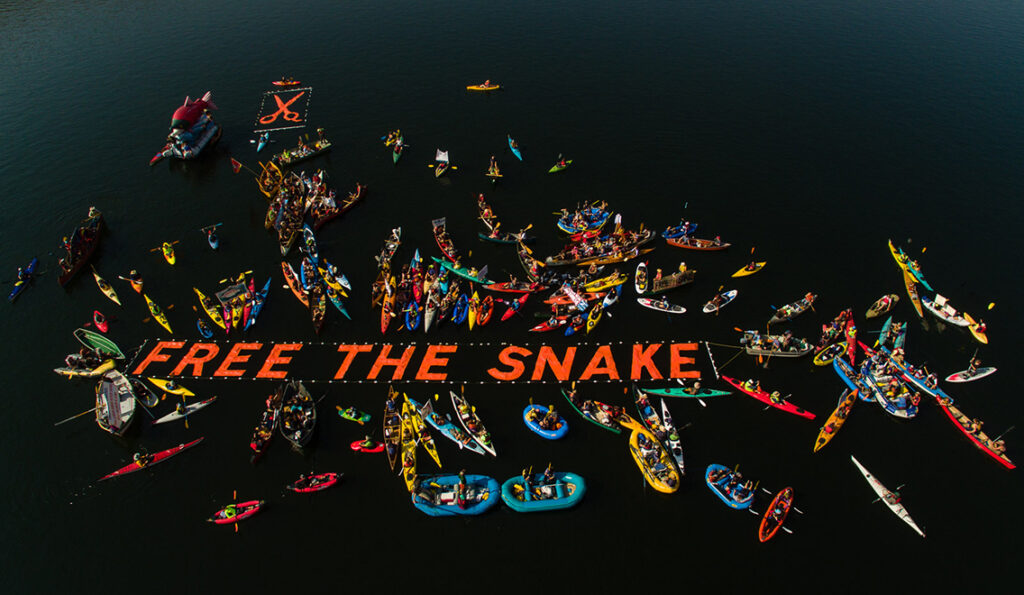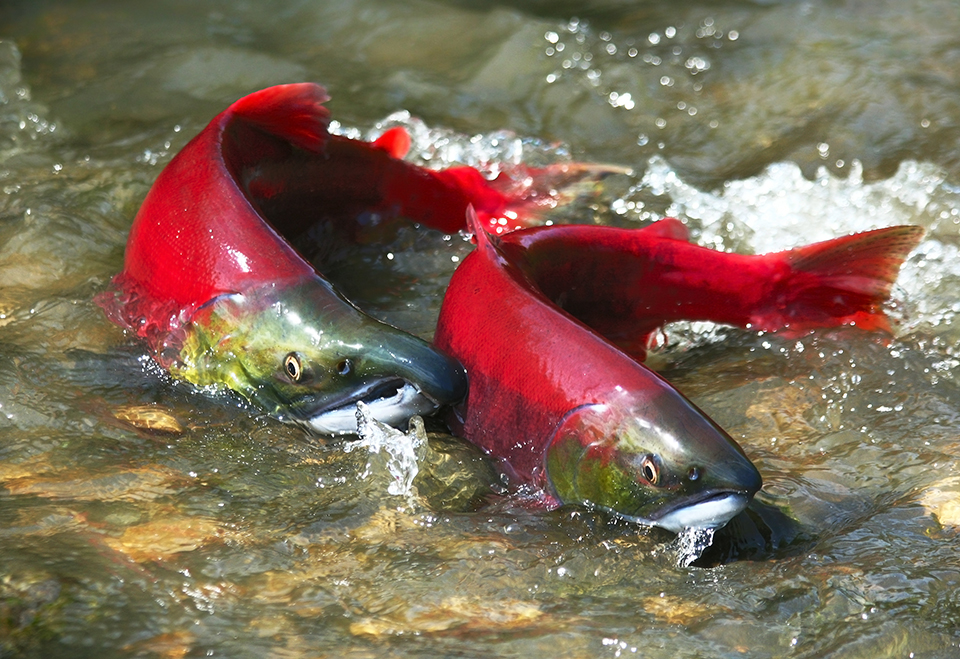By Tanya Riordan
Not long ago, the Columbia-Snake River Basin was the most prolific salmon-producing landscape in the continental United States.Dozens of populations across this great basin, however, have been driven to extinction. Today in the Snake River, the Columbia River’s largest tributary, less than 1% of the historic keystone species—salmon and steelhead—return each year to spawn.
Pacific Northwest Tribes have honored their relationship with salmon and its role as a keystone, connective, and indicator species since time immemorial. We must now uphold our nation’s treaty responsibilities to protect and restore this irreplaceable fish.
The importance of salmon across the Pacific Northwest goes well beyond the availability of a beautiful fish for us to catch and consume. Salmon are a profound part of tribal cultures, and they transfer vital nutrients from the ocean to rivers, streams, forests, plants and wildlife, providing irreplaceable nutrients to our ecosystem. When salmon teeter on the edge of extinction, the health of ecosystems across the region also hang in the balance.

A freely flowing lower Snake River once connected over 5,500 miles of pristine, cold, freshwater spawning habitat. Now, salmon are struggling to survive primarily due to multiple harmful effects caused by lower Snake River dams and the dangerously high temperatures in their large, stagnant reservoirs.
Despite spending $26 billion dollars on mitigation efforts, we’ve failed to recover even one of the 13 populations teetering on the edge of extinction today. This year, summer steelhead are returning at the lowest level in history.
Decades of scientific and economic analyses are clear: stopping the extinction of salmon, steelhead, and the southern resident orcas that depend on Snake River Chinook as their primary food source requires restoring the lower Snake River. We must urge policy makers to break free from a failed and costly status quo and work together to address large scale issues such as climate change. This is a once-in-a-lifetime opportunity to achieve the largest river restoration in history.

Is it possible? For salmon to survive and for our ecosystems to be healthy, we need to come together around urgent and shared solutions. We can effectively replace the limited transportation, energy, and irrigation services of the four lower Snake River dams with reliable, affordable, modernized systems. We can do this for the lower Snake River and its salmon, but it will require all of us working together.
Once salmon disappear, we cannot replace them or the benefits they provide to our land, waters, cultures, and life. To work together to bring the salmon home, honor our nation’s treaty responsibilities to Tribes, and ensure a healthy ecosystem for our children and theirs, get involved with Save Our wild Salmon at Wildsalmon.org.
Tanya Riordan is the Policy and Advocacy Director for the Save Our Wild Salmon Coalition.













